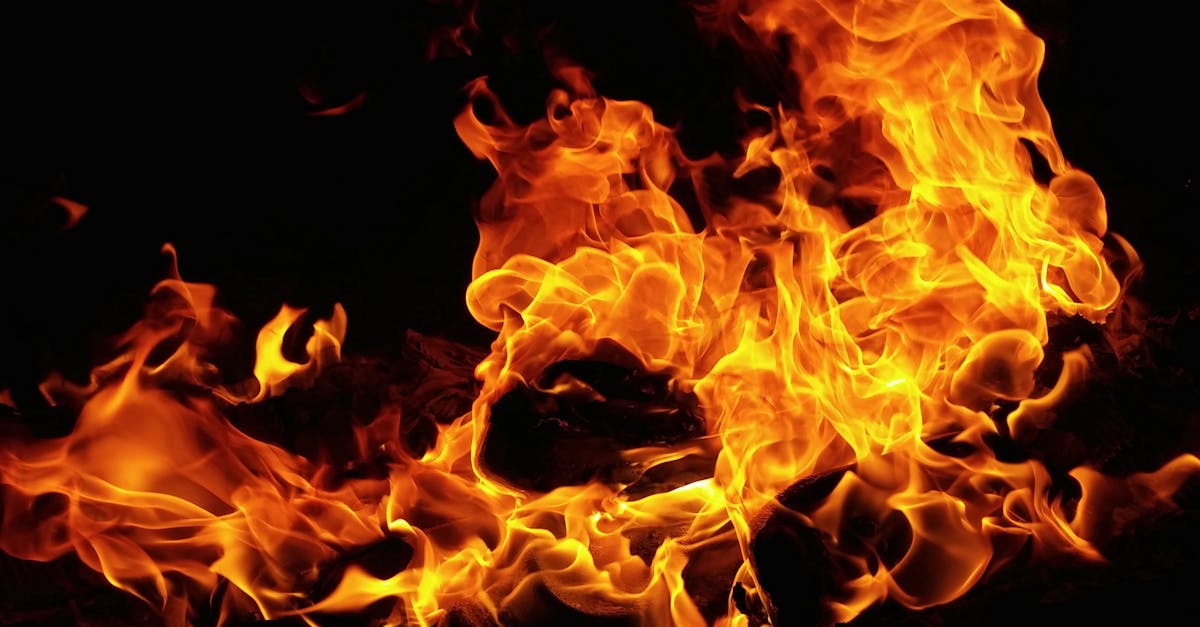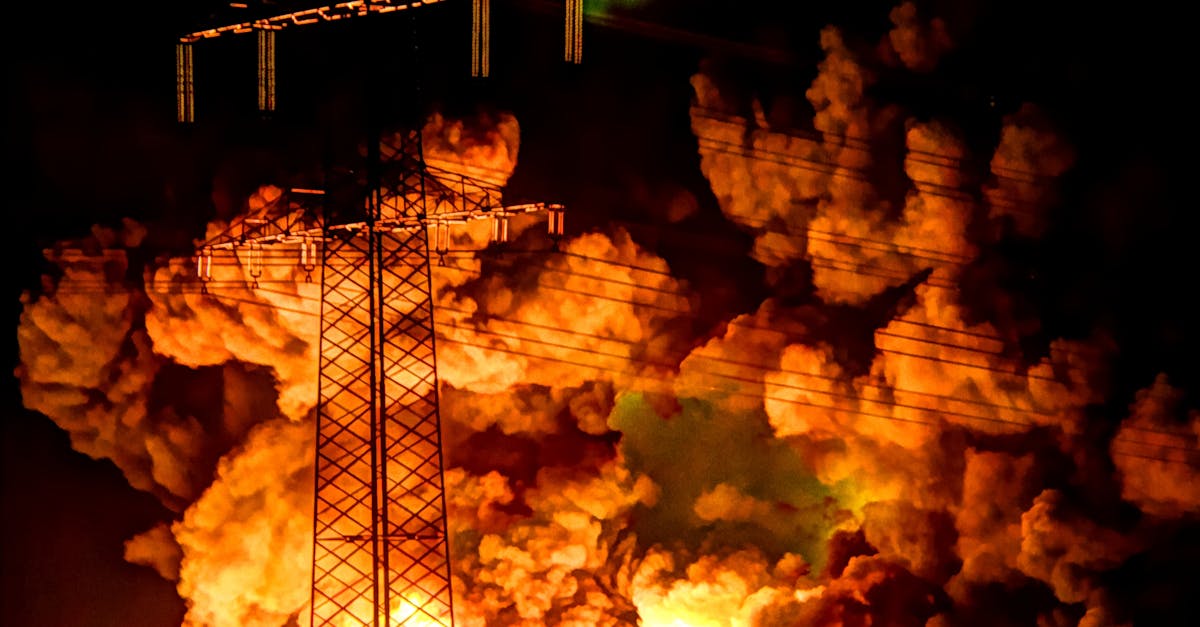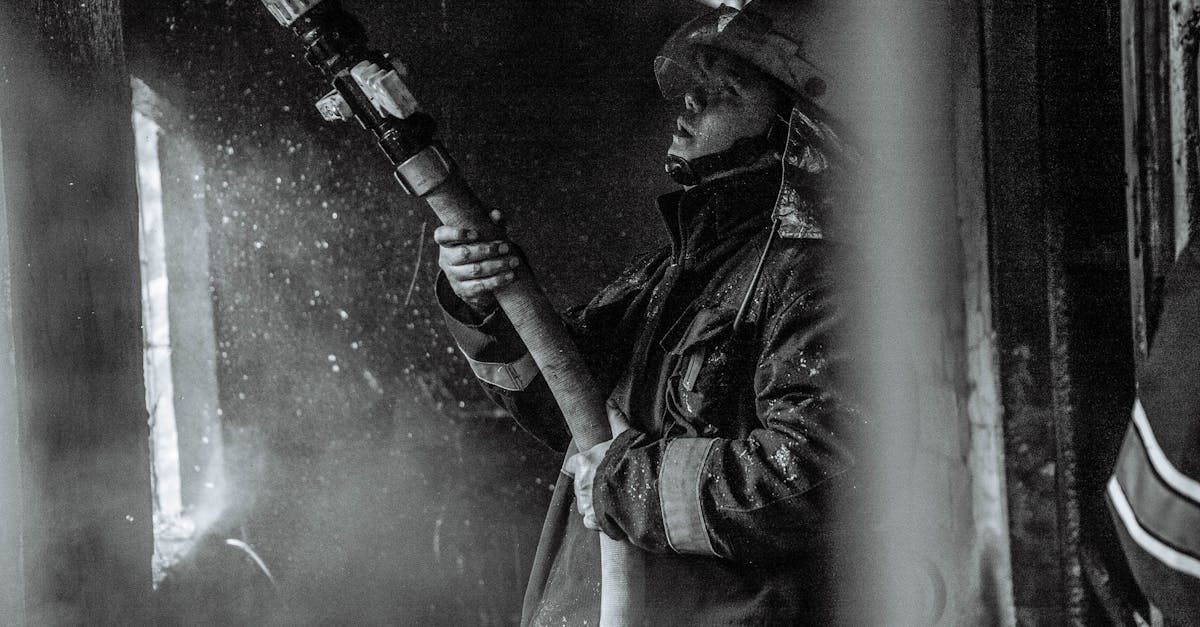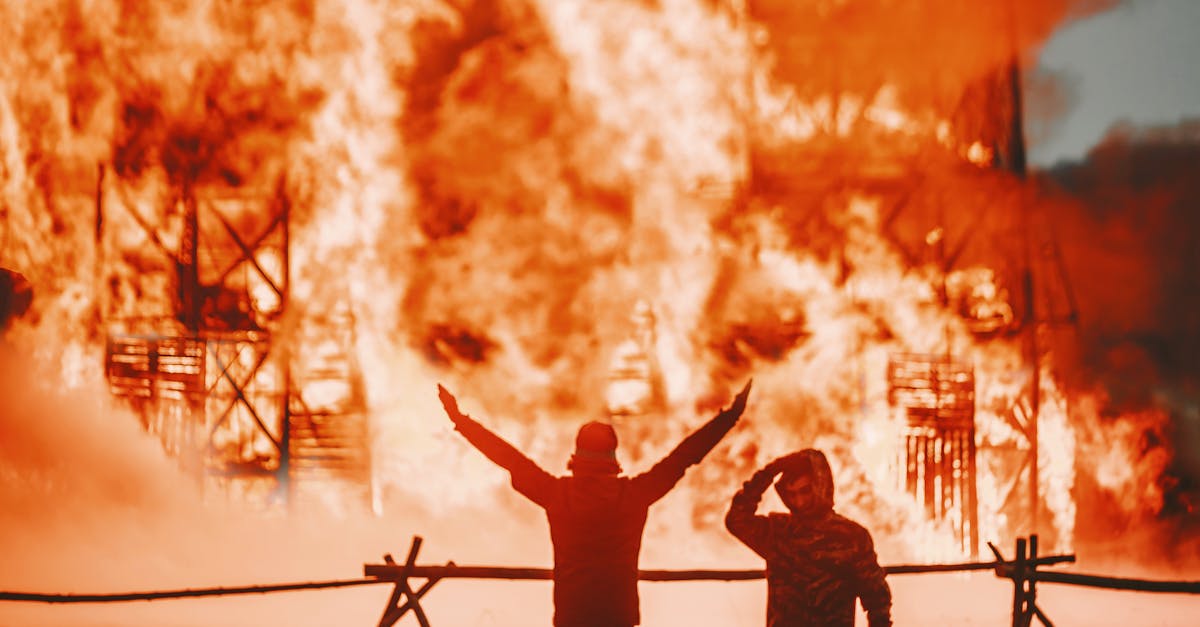
Table Of Contents
Safety Precautions Before Flushing
Before flushing your hot water tank, it's essential to prioritize safety to protect both yourself and your property. Ensure the power or gas supply to the water heater is turned off. This action minimizes the risk of accidents during the flushing process. Additionally, allow the tank to cool for at least a couple of hours if it has been recently in use. Hot water can cause severe burns, so it's wise to use protective gear such as gloves and goggles if needed.
Hot Water System Maintenance also involves being mindful of the surrounding area. Clear away any obstacles around the tank to create a safer working environment. It's a good idea to keep towels or buckets on hand for any spills that might occur during the process. Familiarizing yourself with the specific model of your water heater can also help you understand its particular requirements and quirks. Taking these precautions ensures that you can carry out the flushing safely and effectively.
Protecting Yourself and Your Property
Before engaging in any hot water system maintenance, it's essential to prioritize safety. Always turn off the power supply to the water heater if it is electric. For gas heaters, switch off the gas valve. Additionally, ensure that the water supply is turned off to prevent any accidental spills. Wearing protective gear, like gloves and goggles, can shield you from potential hazards such as hot water splashes or debris.
Clearing the area around the hot water tank is equally important. Remove any flammable items and ensure that the space is well-ventilated to avoid the buildup of harmful gases. If you have pets or children at home, make sure they are kept at a safe distance during the flushing process. Proper preparation can help you maintain a safe environment and facilitate effective hot water system maintenance.
Professional vs. DIY Flushing
When considering whether to flush your hot water tank on your own or hire a professional, several factors come into play. DIY flushing can save you money and provide a sense of accomplishment. With some basic tools and a little research, homeowners can manage the process. However, without proper knowledge, it’s easy to overlook crucial steps that could lead to further issues.
On the other hand, professional services can ensure that your hot water system maintenance is performed thoroughly and safely. Experts have the experience to address any complications that may arise during the flushing process. They also can provide additional recommendations to enhance the efficiency and longevity of your water heater. Assess your comfort level and ability to perform the task while weighing the benefits of professional help.
Pros and Cons of Each Approach
When considering professional versus DIY flushing of your hot water tank, each approach has distinct advantages. Hiring a professional ensures that the job is done correctly and safely, reducing the risk of damage to your equipment. Experienced technicians can also identify potential issues that a homeowner may overlook. Regular service from a professional can lead to a more thorough understanding of your hot water system maintenance needs, providing peace of mind.
On the other hand, DIY flushing can be cost-effective and empowering for homeowners who are comfortable with basic plumbing tasks. Performing the maintenance yourself allows for greater flexibility in scheduling and the ability to conduct additional inspections or repairs. However, without proper knowledge or tools, there's a risk of improper flushing that could lead to worse problems. Weighing these pros and cons helps determine the best approach for your hot water system maintenance.
PostFlushing Maintenance
After flushing your hot water tank, it is important to check for any leaks around the fittings and connections. Inspecting your hot water system for any signs of wear or corrosion can prevent future issues. Once you have confirmed everything is in good working order, run the hot water for a few minutes to ensure that the system is purged of sediment and other debris. This step helps in ensuring that your hot water heater is operating efficiently.
In addition to routine checks, regular hot water system maintenance should be scheduled to prolong the life of your tank. Keeping an eye on the temperature and pressure relief valve will enhance safety and performance. Adjusting the temperature on your thermostat to an appropriate level can also improve efficiency and reduce energy costs. Following these maintenance steps not only ensures optimal performance but also helps in identifying problems before they escalate.
Ensuring Optimal Performance After Flushing
After successfully flushing your hot water tank, it's important to check the overall functionality of your system. Ensure that there are no leaks around the drain valve and that the pressure relief valve operates smoothly. Taking the time to inspect these components can prevent future issues. Adjust the temperature setting on your thermostat if needed, typically around 120 degrees Fahrenheit is recommended for both safety and energy efficiency.
Incorporating regular Hot Water System Maintenance into your routine can extend the lifespan of your water heater. Schedule periodic inspections to identify any minor issues before they escalate. Keep an eye on your water quality; cloudy or discolored water may signal additional problems that require attention. Additionally, consider flushing your tank annually to mitigate sediment buildup, ensuring optimal performance and reliability from your hot water system.
FAQS
How often should I flush my hot water tank?
It is generally recommended to flush your hot water tank at least once a year to remove sediment buildup and maintain optimal performance.
What are the benefits of flushing my hot water tank?
Flushing your hot water tank helps improve efficiency, extends the lifespan of the unit, and enhances water quality by removing sediment and minerals.
Can I flush my hot water tank myself, or should I hire a professional?
You can choose to flush your hot water tank yourself if you feel comfortable and have the right tools. However, hiring a professional can ensure the job is done safely and correctly.
What safety precautions should I take before flushing my hot water tank?
Before flushing, make sure to turn off the power or gas supply, allow the tank to cool down, and connect a hose to the drain valve to prevent spills or injuries.
What should I do after flushing my hot water tank?
After flushing, check for leaks, turn the power or gas supply back on, and monitor the tank for proper operation. It’s also a good idea to check the anode rod periodically.





























